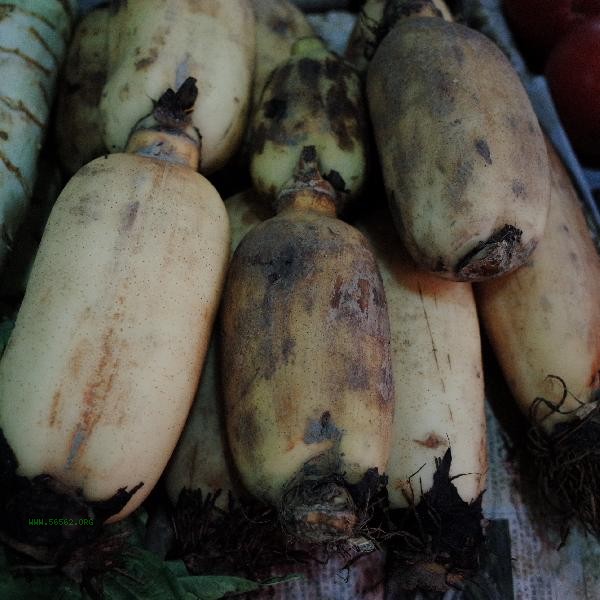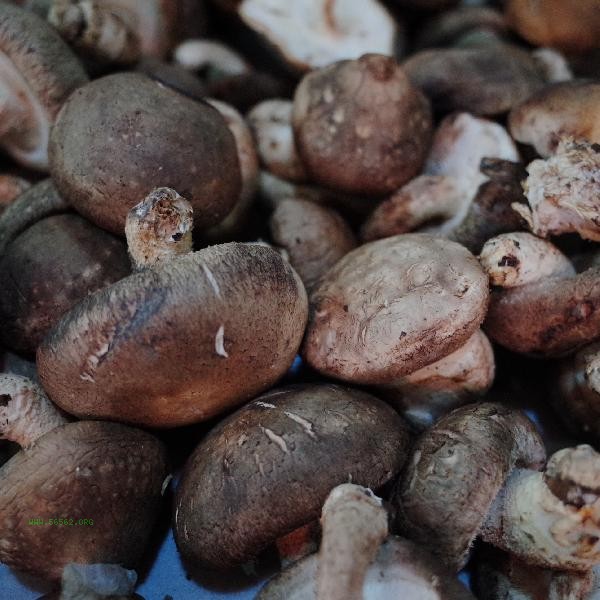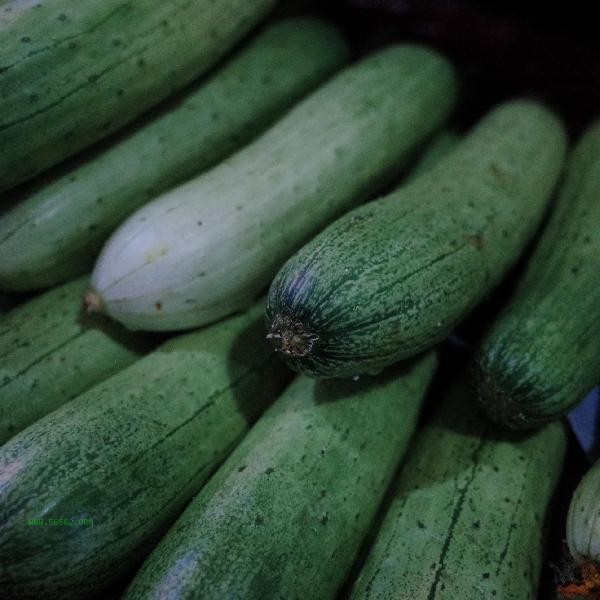Vegetables with high vitamin C content mainly include broccoli, chili, bitter gourd, kale, mustard greens, etc. Vitamin C is an essential nutrient for the human body, which has antioxidant, collagen synthesis promoting, and immune enhancing effects. Moderate intake of these vegetables in daily diet can help meet the body's needs.

1. broccoli
broccoli is a representative of cruciferous vegetables, containing about 89 milligrams of vitamin C per 100 grams, as well as rich in dietary fiber and glucosinolates. Its vitamin C content ranks among the top in common vegetables, and it is recommended to blanch or steam quickly when cooking to reduce nutrient loss. The sulforaphane in broccoli can also synergistically exert antioxidant effects with vitamin C.
2. Chili
There are significant differences in vitamin C levels among different varieties of chili peppers, with red chili peppers reaching over 140 milligrams per 100 grams and green peppers at around 80 milligrams. The combination of capsaicin and vitamin C can promote blood circulation, but individuals with gastrointestinal sensitivity need to control their intake. The vitamin C content of fresh chili peppers is much higher than that of dried products, and cold mixing or short-term stir frying can maximize the retention of nutrients.
III. Bitter gourd
Bitter gourd contains approximately 56 milligrams of vitamin C per 100 grams, and its unique bitter gourd glycoside component, together with vitamin C, forms the material basis for bitter gourd's hypoglycemic activity. Bitter gourd should be selected from fresh individuals with plump and swollen epidermal protrusions. After slicing, soaking in salt water can reduce bitterness, and stir frying or making soup over high heat can better preserve water-soluble vitamins.

4. Kale
Kale contains 93 milligrams of vitamin C per 100 grams, making it one of the best cabbage vegetables. Its dark green leaves also contain a large amount of lutein and vitamin K. It is recommended to tear them into small pieces and mix them with olive oil, or quickly blanch them and pair them with nuts for consumption. Purple leaf varieties have higher anthocyanin content and form a complex antioxidant system with vitamin C.
V. Mustard Vegetables
Mustard vegetables generally have a high content of vitamin C, with 72 milligrams per 100 grams of snow lotus and about 63 milligrams of mustard blue. These vegetables contain special glucosinolates, which produce isothiocyanates with anti-cancer activity during enzymatic hydrolysis. It is recommended to choose seasonal products with thick leaves and crispy stems. When stir frying or making soup, it should be added to the pot at the end to maintain a crispy and tender taste.

In addition to the above-mentioned vegetables, vitamin C can also be supplemented in daily life through colored peppers, rapeseed moss, amaranth, etc. It is recommended to adopt diversified intake methods and alternate different cooking methods such as raw food, stir frying, steaming, etc. Vitamin C is easily damaged by heat and oxidation. When processing vegetables, they should be washed before cutting to avoid prolonged soaking. Special populations such as kidney stone patients need to control their total intake of vitamin C, while smokers and those in the postoperative recovery period can increase their intake of vegetables rich in vitamin C appropriately. Maintaining a daily intake of 300-500 grams of vegetables, with dark vegetables accounting for more than half, can better meet the daily requirement of 100 milligrams of vitamin C for adults.



Comments (0)
Leave a Comment
No comments yet
Be the first to share your thoughts!